Stand-Up Paddleboarding (SUP) is a fantastic way to enjoy the water, offering everything from peaceful glides to challenging workouts. But what if you could go further, faster, and with less effort?
That's where adding an electric motor to your SUP comes in! It's like giving your paddleboard a superpower, opening up a whole new world of possibilities on the water.
This isn't just about speed; it's about making paddleboarding more accessible and enjoyable for everyone, whether you're battling strong winds, exploring new areas, or just want to relax and let the motor do some of the work.
Let's dive into what you need to know about motorizing your SUP.
Why Add a Motor to Your SUP?
Imagine paddling against a strong headwind or current, feeling your arms burn. An electric motor can turn that struggle into a smooth, effortless glide. Here’s how a motor can transform your SUP experience:
Go Further, Easier: Motors significantly reduce the physical effort needed, allowing you to cover greater distances and enjoy longer trips without getting tired.
Conquer Tough Conditions: Strong winds or currents can make paddling a real challenge. A motor provides the extra push you need to keep moving forward, even when conditions aren't ideal.
Unlock New Adventures: With a motor, your SUP becomes more than just a paddleboard. You can easily go fishing, explore distant coves, or even enjoy tandem rides with a friend or child. Some motors can even be detached and used as underwater scooters for snorkeling!
Fun for Everyone: Because it reduces physical strain, a motorized SUP makes the sport enjoyable for a wider range of people, including kids, older adults, or those with varying physical abilities.
It’s not about replacing paddling entirely, but about having the option to combine your paddling efforts with a motor for a more flexible and enjoyable time on the water.
What Kind of Motor Can You Add?
The market offers several ways to motorize your SUP, each with its own pros and cons:
Electric Fins Underwater Scooters:
These are designed to fit right into your SUP's existing fin box, making installation pretty simple. Brands like LEFEET, ASIWO, and Boost Fin offer these compact solutions.
Easy to Install: Many can be set up in just a few minutes, often without needing special tools.
Compact Portable: Some are very lightweight and even have batteries approved for airline travel, making them easy to take on adventures.
Wireless Control: You'll typically control these with a remote or even a smartwatch.

Trolling Motors DIY Setups:
For those who are handy and want more power, adapting a standard trolling motor is an option. This can be more budget-friendly than buying a specialized kit. 7
Customizable: You can build your own mounting system, which might cost around $730 for the motor, battery, and parts.
Mounting Challenges: Attaching a trolling motor, especially to inflatable SUPs, can be tricky. The glued D-rings on inflatable boards might not hold up to the motor's force, so you might need to build a stronger, custom mount.
Added Weight: Trolling motors and their batteries can be heavy (a 24V battery alone can add 40-50 lbs), which affects your board's balance and how easy it is to handle.
Drag: External motors can create more drag in the water, which might slow you down.
Noise: Older trolling motors can be noisy, though some DIY setups have been noted as "basically silent."
Fully Integrated E-SUPs:
Some manufacturers now offer paddleboards with motors built right into the board itself.
Seamless Design: These boards are designed for motorization from the start, meaning the motor is hidden, creating "zero drag" and better balance.
Great Battery Life: Because of their streamlined design, they often offer excellent battery autonomy.
Higher Price Tag: The main downside is that these integrated boards are usually much more expensive than adding a motor to an existing SUP.
Important Things to Consider Before You Buy
Adding a motor isn't just about picking a device; it comes with practical considerations and responsibilities:
Board Compatibility Stability:Make sure your SUP can handle the motor's weight and the forces it creates. Inflatable boards, while durable, might need extra strong mounting points.
Weight Balance: A motor and battery add weight, which can change how your board handles. Lighter setups are easier to maneuver.
Battery Life Charging: How long do you plan to be on the water? Motor runtimes vary (from 15 minutes to 90 minutes or more depending on speed), and charging times can range from just over an hour to several hours. Always fully charge your battery before heading out!
Speed Expectations: While a motor will make you faster, don't expect jet ski speeds. Most motorized SUPs travel at recreational speeds of 5-10 km/h (about 3-6 mph).
Maintenance: Like any piece of equipment, your motor will need regular care. Keep it clean, check for debris, and ensure all electrical connections are dry.
Safety and the Rules of the Water
This is a big one! When you add a motor to your SUP, it's no longer just a paddleboard in the eyes of the law. The U.S. Coast Guard generally considers a motorized SUP a "vessel" or "boat." This means new rules apply:
Registration Numbering: In many places, your motorized SUP will need to be registered, just like a small boat. This often means displaying a registration number on the sides of your board. Rules vary by state, so always check your local laws!
Safety Gear: You'll likely need to carry specific safety equipment. This usually includes:
A U.S. Coast Guard-approved life jacket for everyone on board.
A sound-producing device, like a whistle or horn.
If you're out at night or in low visibility, you might also need a flashlight or lantern.
Boating Laws: General boating laws, like those about operating under the influence (BUI) and navigation rules, will apply to you.
Local Regulations: Always do your homework! Rules for registration, safety gear, and where you can operate can differ significantly from one state or even one lake to another.
Be a Responsible Water User
Electric motors are a great choice for the environment because they produce zero emissions and are much quieter than gas engines. This means you can enjoy nature without disturbing wildlife or leaving a carbon footprint. However, it’s still important to:
"Leave No Trace": Always pack out everything you pack in, and leave the waterways cleaner than you found them.
Respect Wildlife: Avoid disturbing marine life and stay out of restricted areas.
Is a Motorized SUP for You?
Adding an underwater scooter or electric motor to your SUP can truly enhance your time on the water, making it more versatile and enjoyable. It’s a fantastic option for those looking to explore further, reduce effort, or simply have more fun.
Just remember to do your research, understand the technical aspects, prioritize safety, and always comply with local regulations. With a little planning, your motorized SUP can open up a whole new world of aquatic adventures!
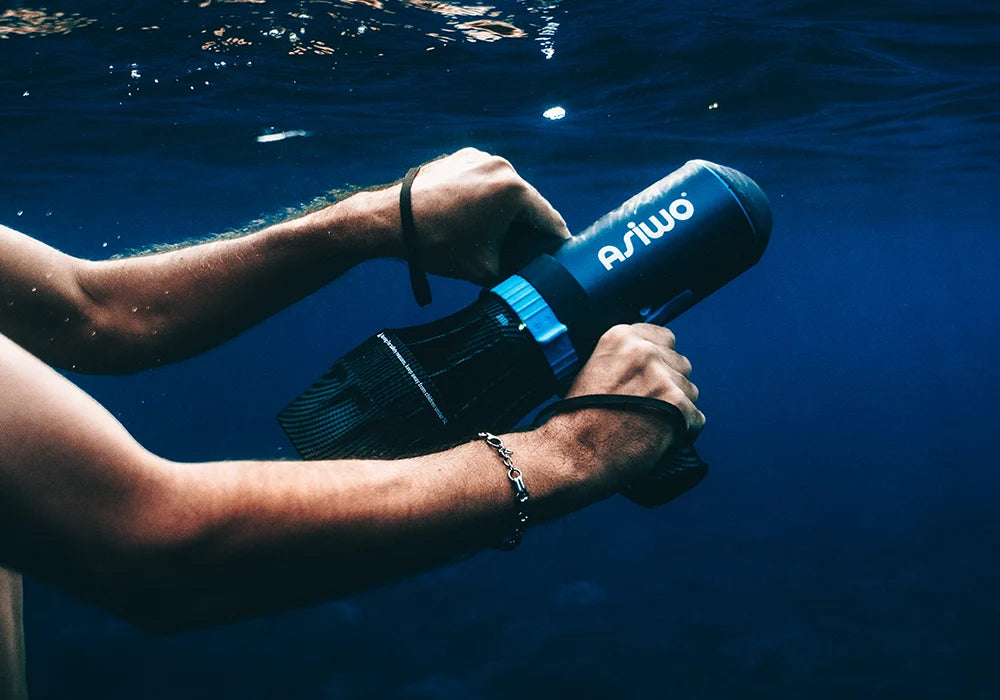




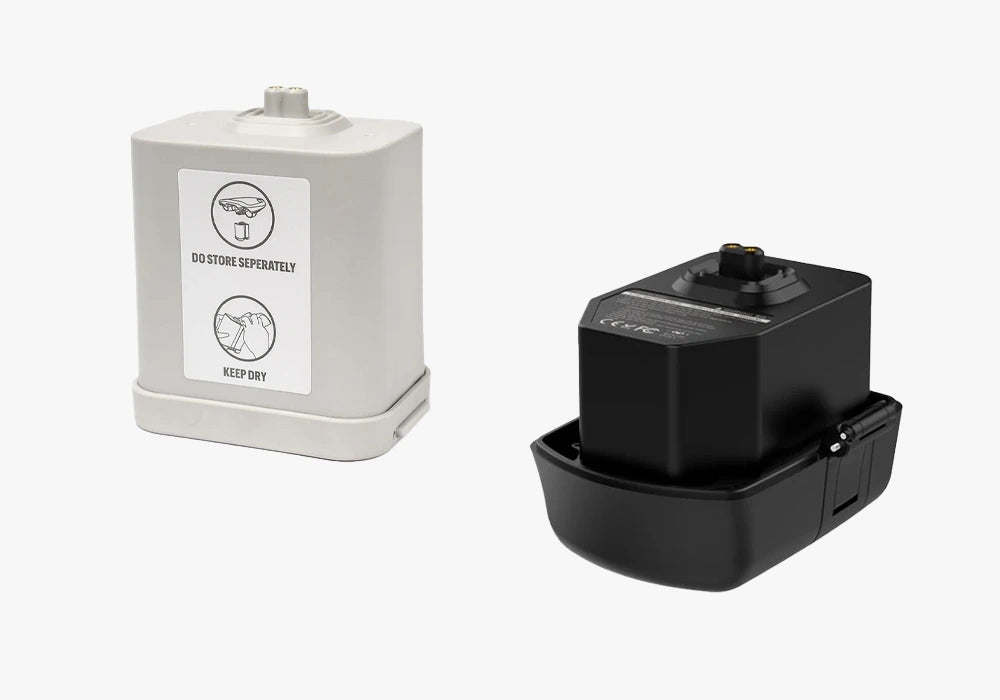




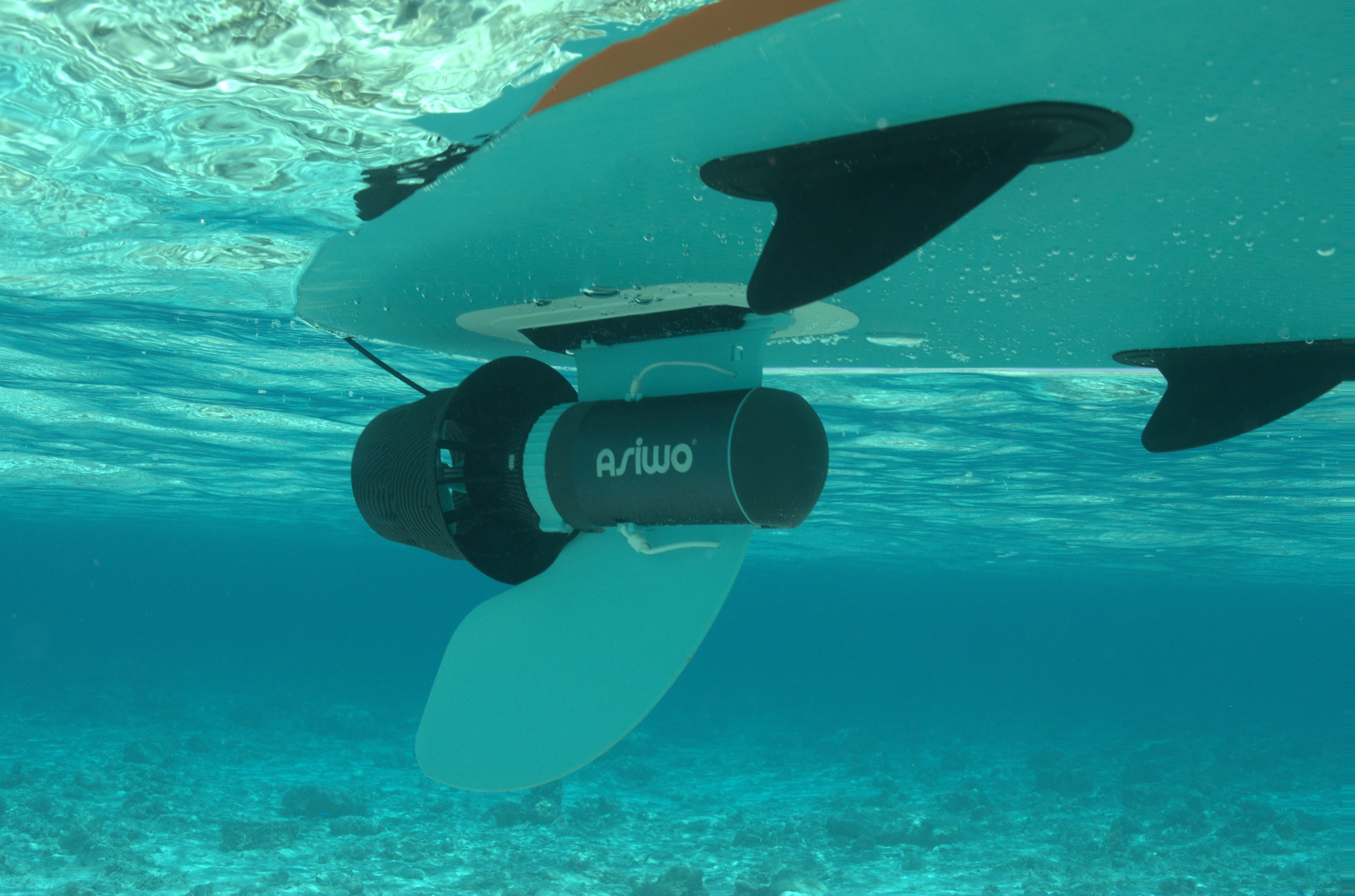
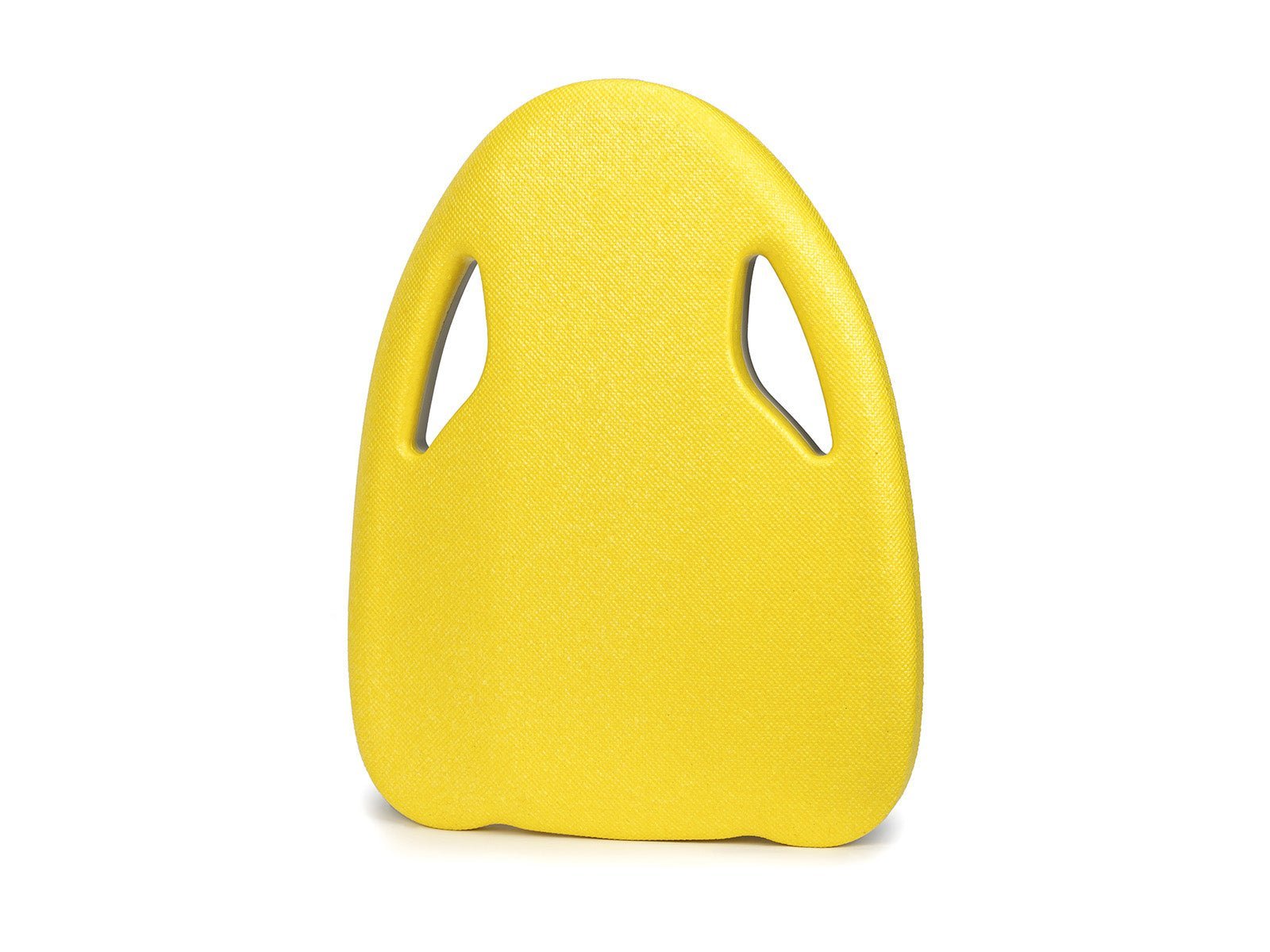
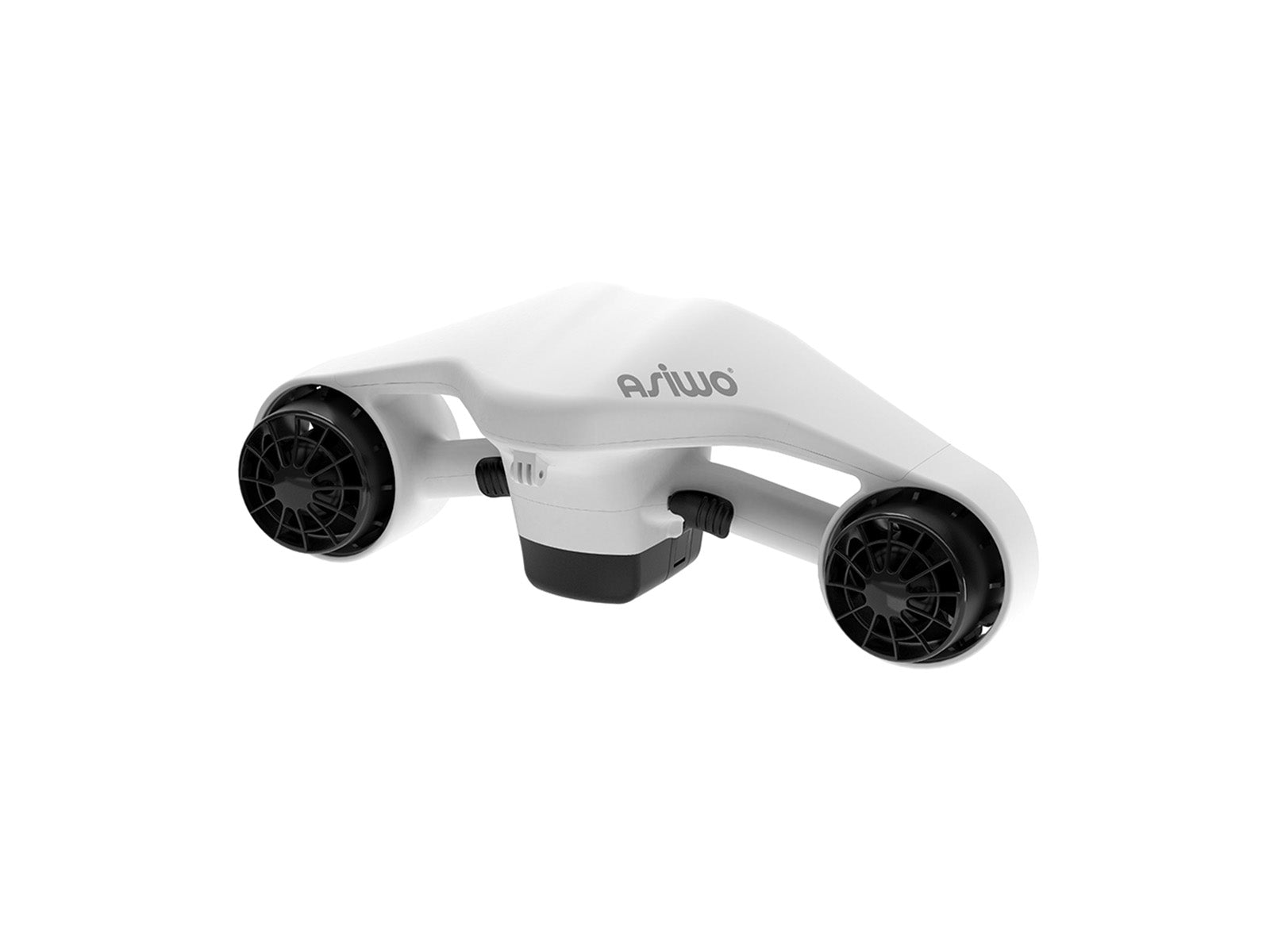
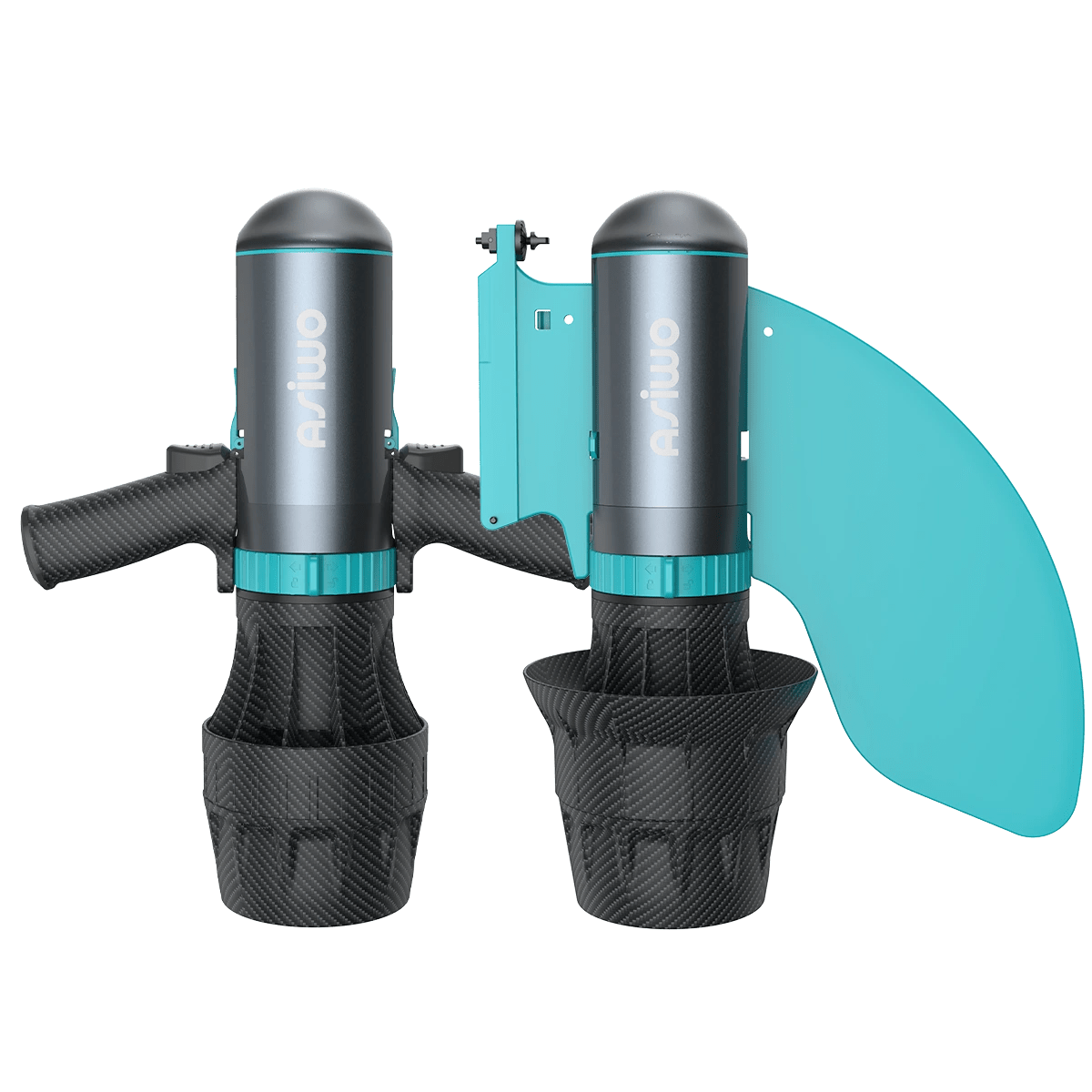




Lascia un commento